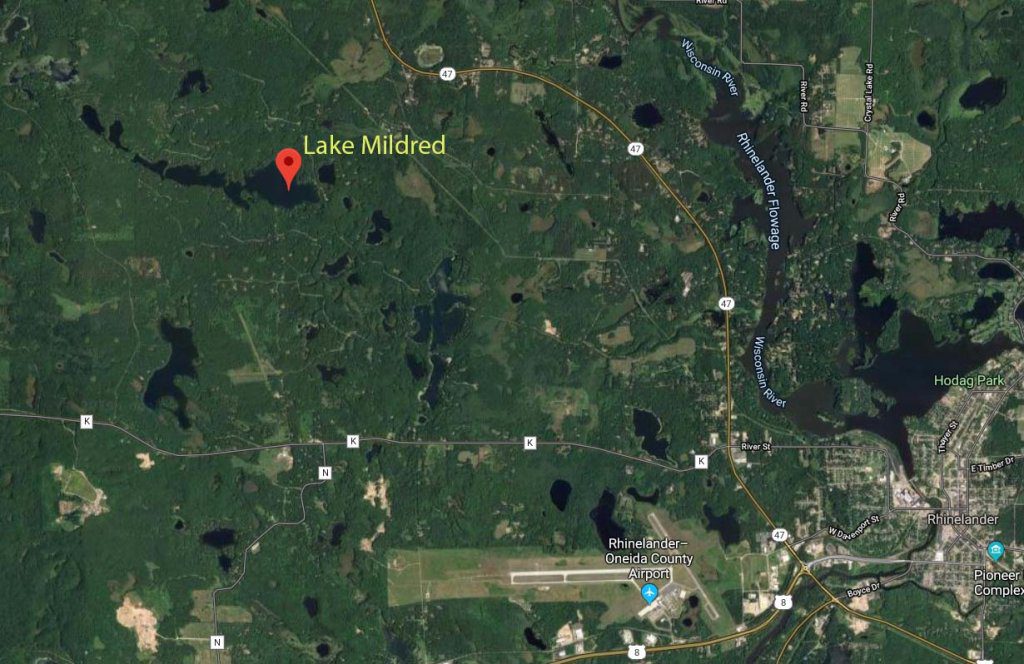Court rules towns hold power to regulate lot width on shorelands
Town of Newbold decision affirms the use of subdivision authority to set minimum lot sizes in shoreland areas
By Wisconsin Lakes staff
Towns may regulate minimum lot sizes in their shoreland areas without regard to state shoreland zoning standards through their subdivision authority, according to a Wisconsin appellate court. Affirming a decision of a lower court and citing WI Supreme Court precedent, the District III Court of Appeals held in Anderson v Town of Newbold (2018AP547) that the statute providing towns authority to enact subdivision ordinances is “separate and distinct” from its zoning powers, and the fact that a minimum lot size subdivision ordinance covers the same regulatory ground as a similar zoning ordinance does not curtail the town’s subdivision power.
The decision, though subject to appeal to the Wisconsin Supreme Court, could provide towns with a method to facilitate sustainable development along their shorelines. The appeals court did recognize that the decision uncovers an “undeniable tension” between the shoreland zoning and subdivision statutes, but goes on to say it is the Legislature’s, not the court’s role to resolve that tension.

The case involved a denial by the Town of Newbold in Oneida County to Michael Anderson’s request to divide his roughly 360 feet of shoreland property on Lake Mildred into two parcels. The request ran afoul of the town’s “On-Water Land Division Standards” ordinance, which requires at least a 225’ lot width on Lake Mildred and was denied.
Town of Newbold is one of the first cases that Wisconsin Lakes is aware of that tackles local government efforts to foster sustainable development in their shoreland areas after the Legislature and Governor Walker took away local control of shoreland zoning standards in 2015. In that year’s state budget lawmakers revoked a long-held principle that counties could enforce shoreland zoning standards stricter than those set by the state. Subsequent legislation also prevented towns from enacting or enforcing any sort of shoreland zoning except in very limited instances. As a result, minimum lot size restrictions that were greater than the state’s 100’ standard, common on many lakes (especially in the north), disappeared.
At the time shoreland zoning powers were shackled, the use of the subdivision authority was suggested by some as a workaround to the issue. It is not clear, however, how many towns or counties may have used this power, as it was likely to spur a lawsuit such as Town of Newbold. Now that a higher court has upheld the practice, it remains to be seen if more towns take up the tool. Counties may also feel safer to use their subdivision authority to regulate minimum lot sizes on shorelands, given that the legal argument defending their right to do so would be quite similar to a town’s.
Of course, the decision could be overturned if appealed to the Wisconsin Supreme Court, or the legislature could step in and pass a bill preventing the use of subdivision authority in this manner. The latter idea, however, would likely face heavy scrutiny by Governor Evers’s administration and possibly be vetoed if it ever made his desk. Proponents for local control of shoreland development standards, however, should be heartened by this decision.

